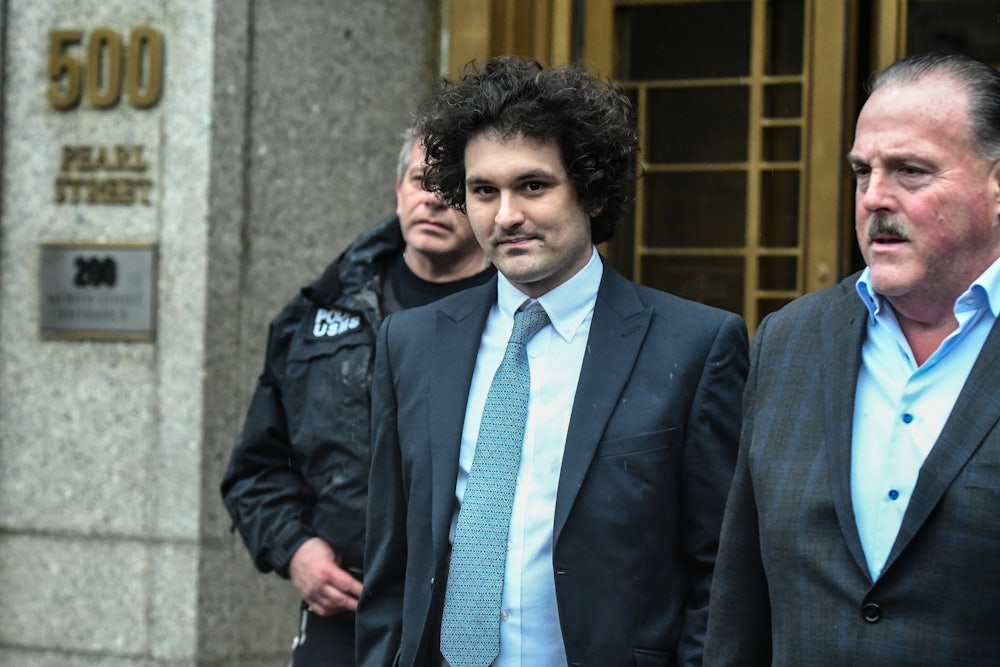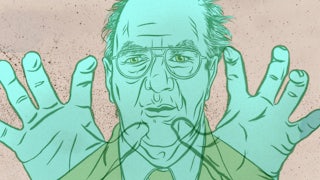The headlines about FTX lately have mostly focused on things like Sam Bankman-Fried’s sneaky internet use or who posted his bail bond. The most important news, a decision that will shape how much the public may learn about FTX’s downfall, barely made a blip.
Last Wednesday, the judge in the FTX bankruptcy rejected arguments made by the government and ruled that he would not authorize an independent examiner to probe FTX’s spectacular failure.
Ho hum, you’re probably thinking. Isn’t the whole world already coming after FTX—the Justice Department, the U.S. Securities and Exchange Commission, and a slew of others? Not to mention the internal investigations aimed at recouping for FTX’s customers some of that $8 billion that vaporized. But none of those other efforts are aimed at letting the public—and lawmakers and businesspeople—know the whos and hows and whens of what exactly went wrong. That’s what an examiner would have been for.
When Judge John Dorsey nixed the push to appoint an independent examiner in FTX, he said he was fulfilling the goal of Chapter 11 to maximize value for the people who lost their money. “This case is about making sure [FTX’s customers] get back as much value as possible from the debtor’s estates,” he said. Spending tens of millions—or likely $100 million, he said—on an outside examiner when the company’s managers and lawyers and an official group of creditors are ably doing their own investigating, would not be best for FTX’s victims.
Dorsey was siding with the view that Chapter 11 is chiefly a private affair—one to be hammered out among the bankrupt company’s managers and the various groups the company owes money to. That view is mostly right, said Jonathan Lipson, an expert on bankruptcy examiners. (See his work on Purdue Pharma.) But there’s another goal baked into the law, he said: the idea of transparency about a debtor’s failure. When Congress passed the Bankruptcy Code in 1978, its authors stressed that we, as a society, need to learn from failure. Especially in large failures based on allegations of fraud or wrongdoing. Like Enron. Like Lehman Brothers. Like FTX.
That’s the public side of Chapter 11. “Congress was very clear: There is an inherent public interest in these large cases,” Lipson told me. “We want to see an explanation of what happened.” So it created the role of independent examiner.
Even so, independent examiners aren’t used very much. Corporations hate them, of course. John Ray, FTX’s new CEO, shepherded Enron through bankruptcy. During the FTX hearing, Ray blasted Enron’s examiner’s report as “very shallow” and not helpful. (The $100 million price tag in Enron’s case has become a weapon companies use to fend off examiners, as he and FTX’s lawyers did here.) In business friendly Delaware, where Judge Dorsey sits, examiners are “vanishingly rare,” Lipson has written.
“It is legitimate to say examiners will add expense and delay,” Jared Ellias, a bankruptcy professor and former bankruptcy lawyer, told me. But he agrees with the U.S. Trustee—the public watchdog in bankruptcy who pushed for an examiner—and the bipartisan group of four Senators and 18 states who all said that FTX is different.
“One of the really nice features of our bankruptcy system is that, from time to time, it can be used to build a primary source account of a historic corporate failure or scandal,” Ellias wrote on Twitter following the decision.
At a hearing to consider the examiner question, FTX’s lawyers argued strenuously that an examiner not only isn’t necessary in light of the internal investigations underway, but that bringing in an outsider could threaten a sensitive cybersecurity environment, one where they said $400 million was stolen from FTX the first day of the bankruptcy. “There are no wallets. There are no keys. There are no buildings. Everything we have is a series of zeros and ones,” FTX’s counsel, James Bromley of Sullivan & Cromwell, said. “And anytime that environment is accessed, it creates risk that damage will occur.”
Cost was a constant theme in FTX’s argument. “We do not have enough money to pay back all of our creditors,” Bromley told the judge. He posed that fact against the prospect of spending “tens or even hundreds of millions of dollars” to hire an examiner “just to provide some guidance.”
And the judge wound up agreeing. So as it stands, in what is shaping up to be one of the largest frauds in U.S. history, the public interest … has been privatized.


